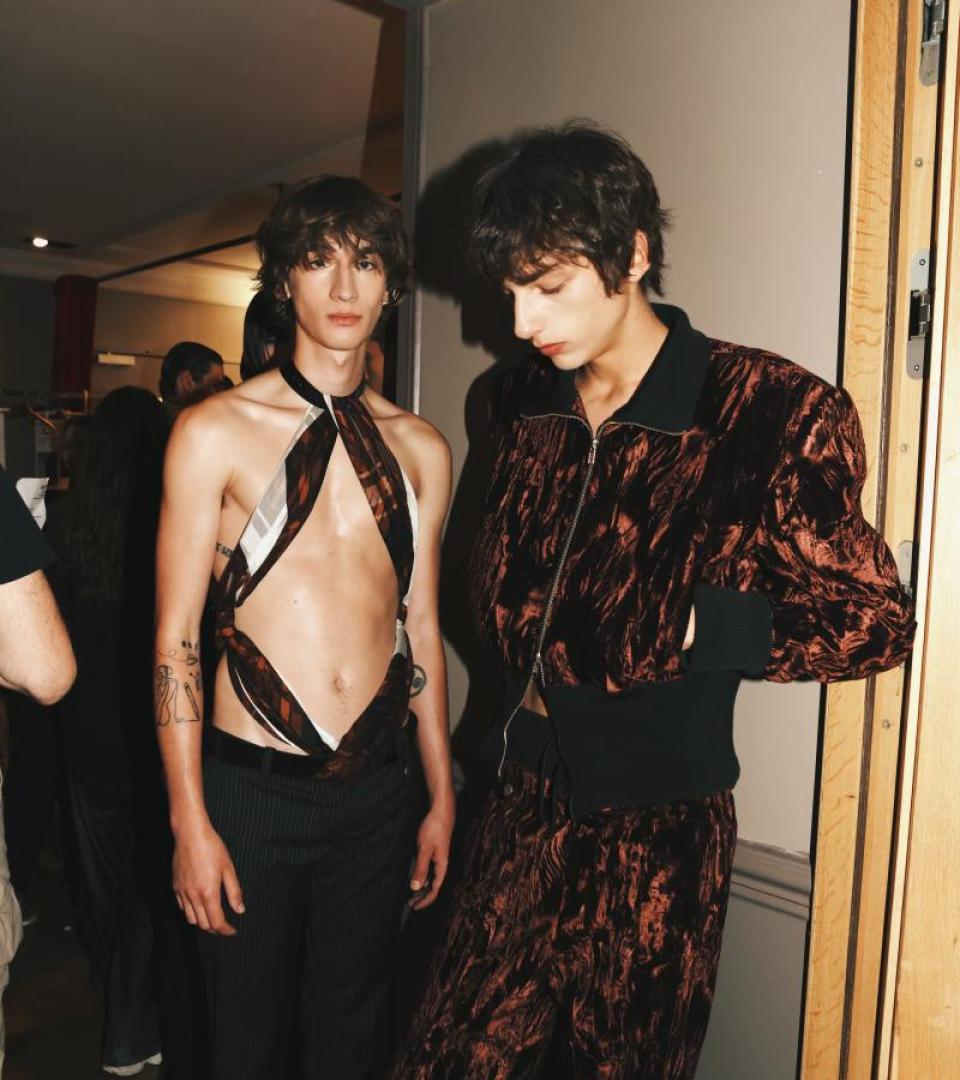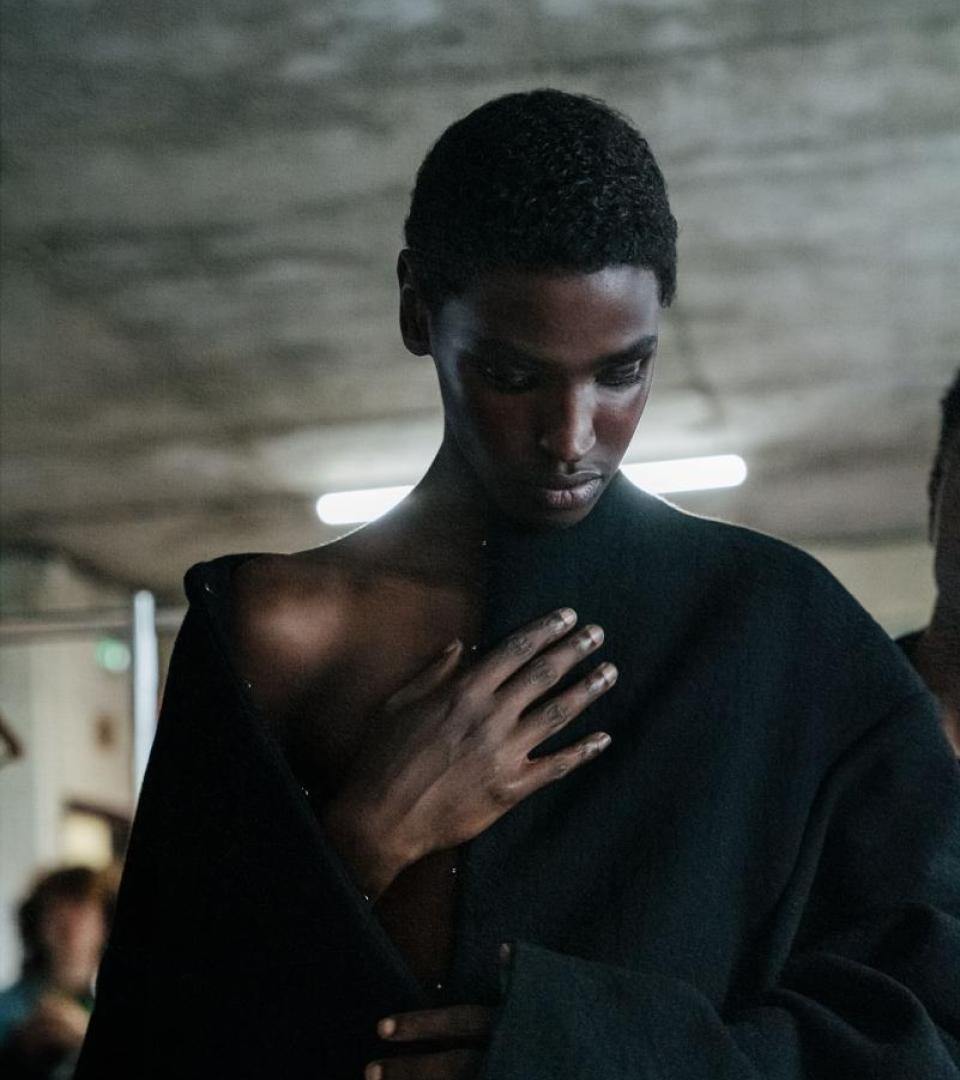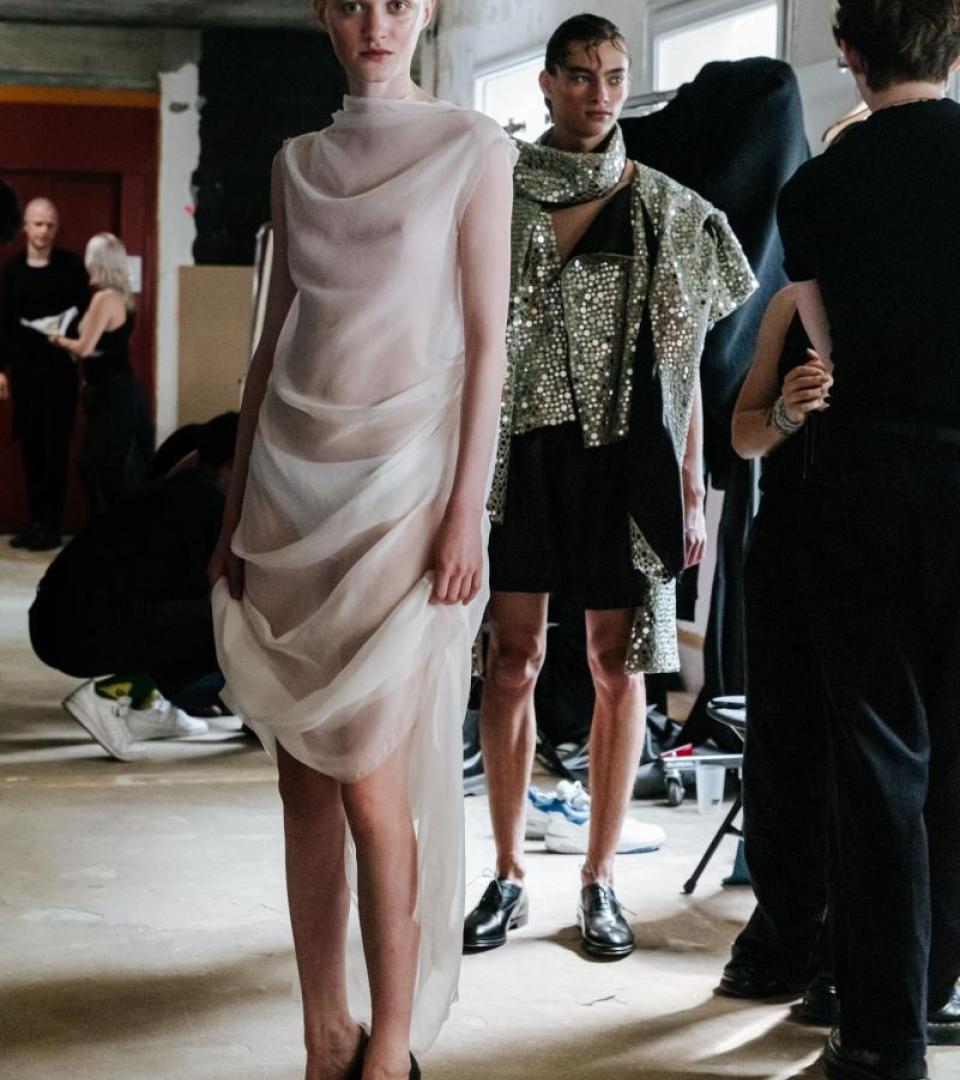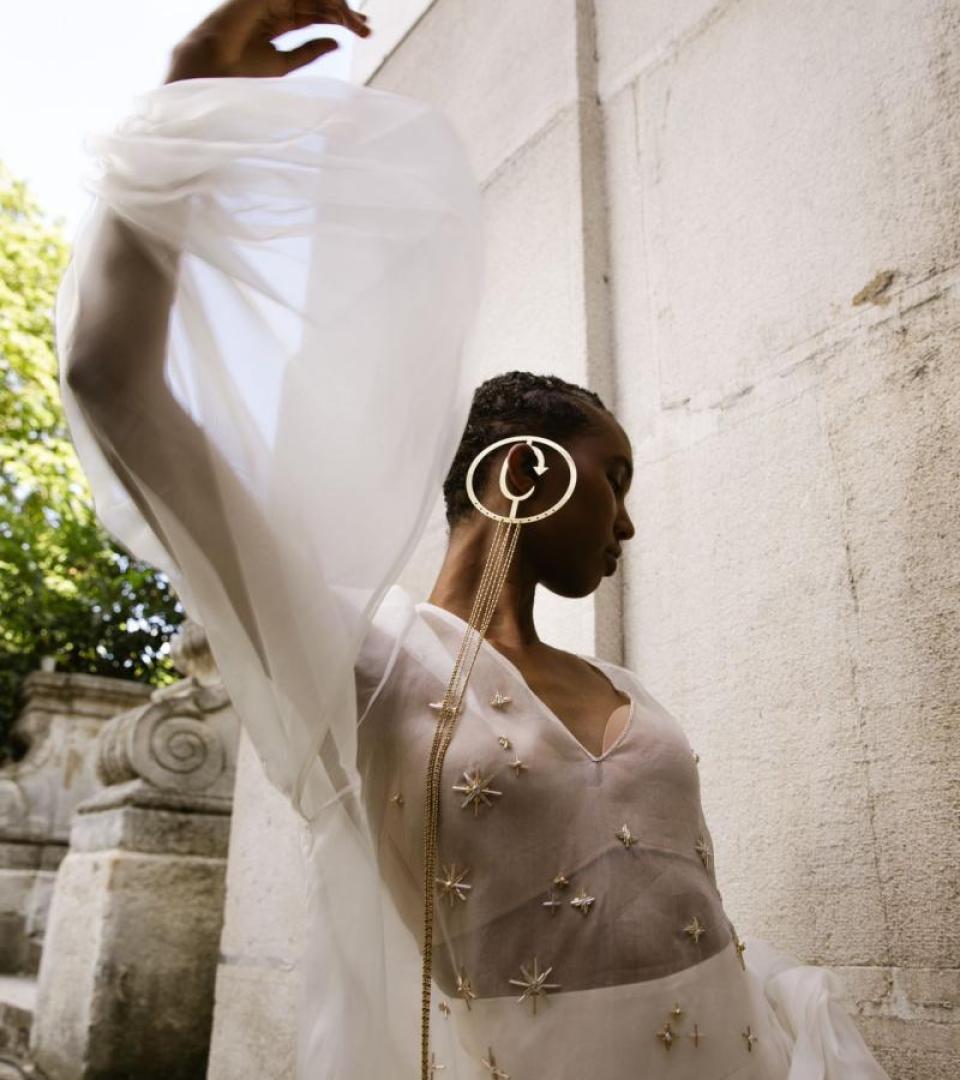Trends for the Future of Fashion Weeks

During our Performance Summit last November, Launchmetrics had the pleasure of welcoming Pascal Morand, Executive President of the Haute Couture and Fashion Federation, Steven Kolb, Chief Executive Officer of the CFDA, Caroline Rush, Chief Executive Officer of the BFC, Carlo Capasa, Chairman of the CNMI, during a virtual discussion on the future of Fashion Weeks. In this article, we have compiled the key lessons to be learned from this conversion with the leaders of the four main Fashion Weeks.
The future of Fashion Weeks will be ‘phygital’
“We have been following the evolution of the pandemic this year and are doing our best to stay in tune and make real-time decisions on what might work and what might not. I think the dates set for Fashion Week are valuable and will not go away,” said Steven Kolb, CFDA CEO, before adding “Fashion Week is a story in itself, every brand has a message and every city has a message, too. The combination of digital and physical is likely to shape the future”.
Steven Kolb is joined in this observation by his peers: “We have plans to keep digital Fashion Weeks in the future, that’s what’s happening with the platform we’ve created with Launchmetrics and people are asking for content,” said Pascal Morand, Executive President of the CHHF. This change is supported by the 64% increase in online content through Covid, as well as the widespread acceleration of digital solutions across industries worldwide.
Creativity is and always will be at the heart of Fashion Weeks
Creating sumptuous collections and imagining brand universes that correspond to the values embodied by labels is more important than ever. The context inherited from 2020 has reinforced the need to escape and make consumers dream while embodying true values. The digital presentation format allows us to reinforce this creativity. “We’ve had many more people ready to watch fashion shows, creative videos and other content produced by the brands,” said Carlo Capasa, Chairman of CNMI. Moreover it has also been useful for creating bridges between the different needs of brands and buyers. “The goal is to establish a dialogue between the imagination of designers and brands on the one hand, and customers on the other,” said Pascal Morand.
Building a meaningful community is essential for the future



